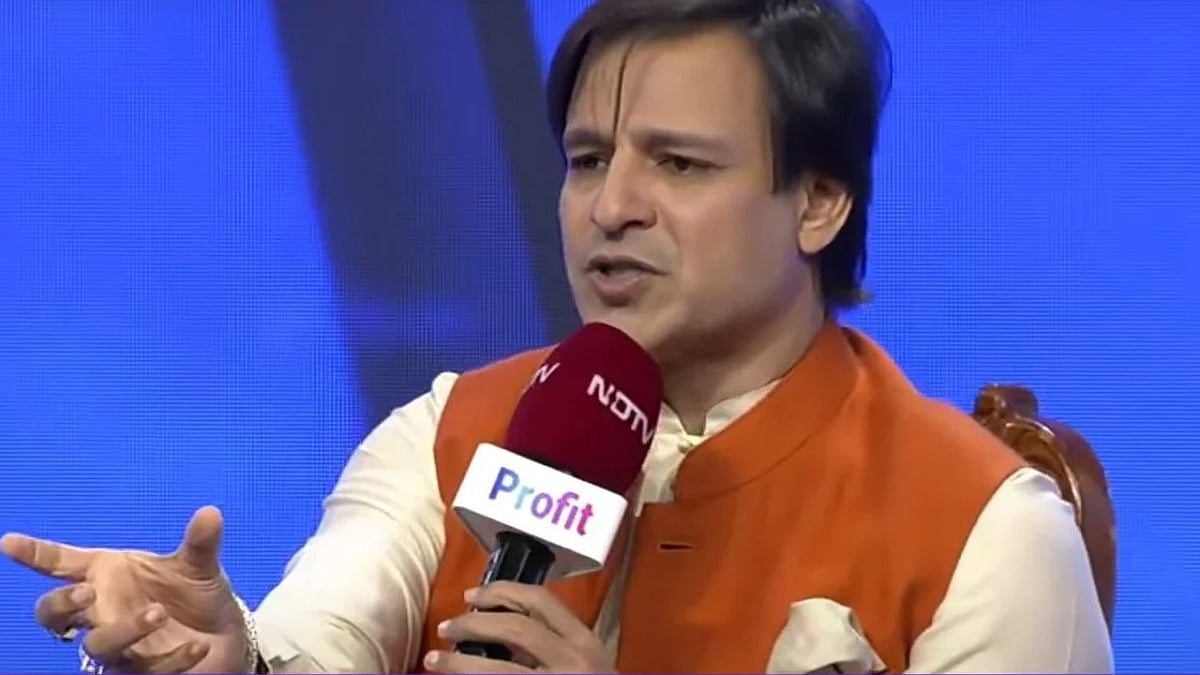When it comes to life insurance, there are several options available for those seeking coverage. Two popular choices are whole life insurance and indexed universal life insurance. However, there is another option that you may have come across: variable universal life insurance. While it may appear appealing due to its flexibility and potential for cash value accumulation, it’s essential to understand the risks involved. This article will dive deep into the world of variable universal life insurance and analyze why it could be a costly gamble that leaves you empty-handed.
The Allure of Variable Universal Life Insurance
Variable universal life insurance (VUL) is a type of permanent coverage that combines aspects of both whole life and universal life insurance. It offers premium flexibility, cash value accumulation, and a guaranteed death benefit. Policyholders can allocate their premiums to various sub-accounts, including stocks, bonds, or money market funds. This allows for higher returns than the guaranteed interest rate offered by whole life insurance or the non-guaranteed interest of indexed universal life insurance.
However, the potential for higher returns comes with increased investment risk. In the world of life insurance, there are few guarantees, and variable universal life insurance is no exception. The cash value accumulation of your policy depends on the performance of the sub-accounts you’ve chosen. This means that if the markets perform poorly, your policy’s cash value may not grow as expected, or worse, it could even decrease.
Despite the risks involved, some individuals may still be drawn to variable universal life insurance due to its potential for customization. Policyholders can tailor their investment strategy based on their risk tolerance and financial goals, providing a level of control not typically found in other life insurance products.
Additionally, the tax-deferred growth of the cash value and the possibility of tax-free loans make variable universal life insurance an appealing option for those looking to minimize their tax liabilities. However, it’s essential to carefully weigh the potential benefits against the risks and understand the complexities of managing a VUL policy.
The Dangers of Surrender Charges and Policy Loans
One of the key features of variable universal life insurance is the ability to access the cash value through policy loans. However, these loans come with a catch: the interest rates are often variable and can lead to an increasing balance if not repaid promptly. Additionally, borrowing against your policy can reduce your death benefit, leaving your beneficiaries with less money when you pass away.
Furthermore, suppose you decide to surrender your policy before a specific period (typically 10-15 years). In that case, you may face hefty surrender charges that can eat away at the cash value you’ve built up. This can leave you with little or no cash surrender value, especially if the policy’s investments have underperformed.
Considering the long-term commitment required when purchasing variable universal life insurance is also crucial. High surrender charges and potential fluctuations in the cash value may not be the best option for those who anticipate needing access to their funds in the short term. Additionally, the performance of the policy’s sub-accounts can significantly impact the cash value, making it essential to monitor and adjust your investments over time. In short, there may be more suitable choices than variable universal life insurance for those who prefer a hands-off approach or require more immediate financial flexibility.
Premium Flexibility: A Double-Edged Sword
While premium flexibility may sound appealing, it comes with a hidden danger: the potential for a policy lapse. With variable universal life insurance, you can pay lower premiums or skip payments if your policy has enough cash value to cover the cost of insurance. However, if your policy’s cash value is insufficient to cover the expenses, your policy could lapse, leaving you without coverage.
Some insurers offer lapse protection riders to avoid a policy lapse, which can provide a safety net. However, these riders come with additional costs and may have specific requirements that must be met to keep the protection in place.
Whole Life Insurance and Indexed Universal Life Insurance: Safer Alternatives
 For those seeking a more predictable option, whole life insurance and indexed universal life insurance can provide greater stability and less risk. Both offer permanent coverage, tax-deferred growth, and flexible death benefit options.
For those seeking a more predictable option, whole life insurance and indexed universal life insurance can provide greater stability and less risk. Both offer permanent coverage, tax-deferred growth, and flexible death benefit options.
Whole life insurance provides a guaranteed cash value accumulation and a guaranteed interest rate, regardless of market conditions. Additionally, many whole life policies are dividend-paying, meaning policyholders can receive a share of the insurer’s profits, which can be used to increase the cash value or death benefit. Whole life insurance can also be an excellent investment for retirement and provide inflation-beating retirement income.
Indexed universal life insurance, on the other hand, offers a non-guaranteed interest rate that is tied to a market index, such as the S&P 500. While this means the interest rate can vary, it typically has a guaranteed minimum rate, providing a safety net if the market performs poorly. Indexed universal life insurance also allows for tax-free loans and withdrawals, which can benefit retirement planning or emergencies.
Both whole life and indexed universal life insurance policies offer partial surrender options for accessing the cash value without incurring significant surrender charges. Additionally, these policies often have lower loan interest rates than variable universal life insurance, making them more cost-effective options when borrowing against the policy.
The Bottom Line: Weighing the Risks
Variable universal life insurance may seem enticing due to its potential for higher returns and premium flexibility. However, carefully considering the risks involved, such as market volatility, policy loans, and surrender charges, is essential. With the potential for a policy lapse or empty-handed cash surrender value, variable universal life insurance could be a costly gamble.
For those seeking a more stable and predictable option, whole life insurance and indexed universal life insurance provide safer alternatives with guaranteed interest rates and more reliable cash value accumulation. These options can help you protect your family’s financial future and provide peace of mind, knowing your coverage is secure.
Before making any decision, it’s crucial to understand the different types of life insurance and their unique features. Consult with us to determine which policy best suits your needs and goals. Remember, the right life insurance policy should provide a death benefit for your loved ones and a valuable financial tool throughout your lifetime.
In conclusion, variable universal life insurance can be a costly gamble that leaves you empty-handed. It’s essential to weigh the risks and consider safer alternatives like whole life insurance or indexed universal life insurance. By taking the time to understand the nuances of each policy type, you can make an informed decision and secure your family’s financial future.
Frequently Asked Questions
What is the main difference between variable universal life insurance and other types of permanent life insurance?
Variable universal life insurance allows policyholders to invest their premiums in various sub-accounts, including stocks, bonds, and money market funds. This differs from whole life insurance, which offers a guaranteed interest rate, and indexed universal life insurance, which ties interest to a market index with a guaranteed minimum rate.
Can I lose money with variable universal life insurance?
Yes, the cash value of a variable universal life insurance policy is subject to market fluctuations. If the investments in the sub-accounts perform poorly, your policy’s cash value may decrease, impacting your death benefit and cash surrender value.
Are policy loans from variable universal life insurance tax-free?
Policy loans from variable universal life insurance are generally tax-free if the policy remains in force. However, if the policy lapses or is surrendered, the outstanding loan balance may be treated as taxable income.
Can I change my investment options within a variable universal life insurance policy?
Yes, policyholders can usually adjust their investment allocations within the sub-accounts. This allows for greater control and customization based on risk tolerance and financial goals. However, monitoring and managing these investments carefully is essential to maintain the policy’s cash value and death benefit.
What happens if I can’t pay the premiums on my variable universal life insurance policy?
Variable universal life insurance offers premium flexibility, allowing you to pay lower premiums or skip payments if your policy has enough cash value to cover the cost of insurance. However, if the cash value is insufficient, your policy could lapse, leaving you without coverage.
What are some alternatives to variable universal life insurance?
Whole life insurance and indexed universal life insurance are two popular alternatives to variable universal life insurance. Both provide permanent coverage, guaranteed interest rates, and more predictable cash value accumulation, offering greater stability and less investment risk.
Can I switch from variable universal life insurance to another type of life insurance?
It may be possible to exchange your variable universal life insurance policy for a different type of life insurance through a tax-free 1035 exchange. However, this process can be complex and may have financial implications, so it’s essential to consult with a financial professional before making any changes to your policy.






































